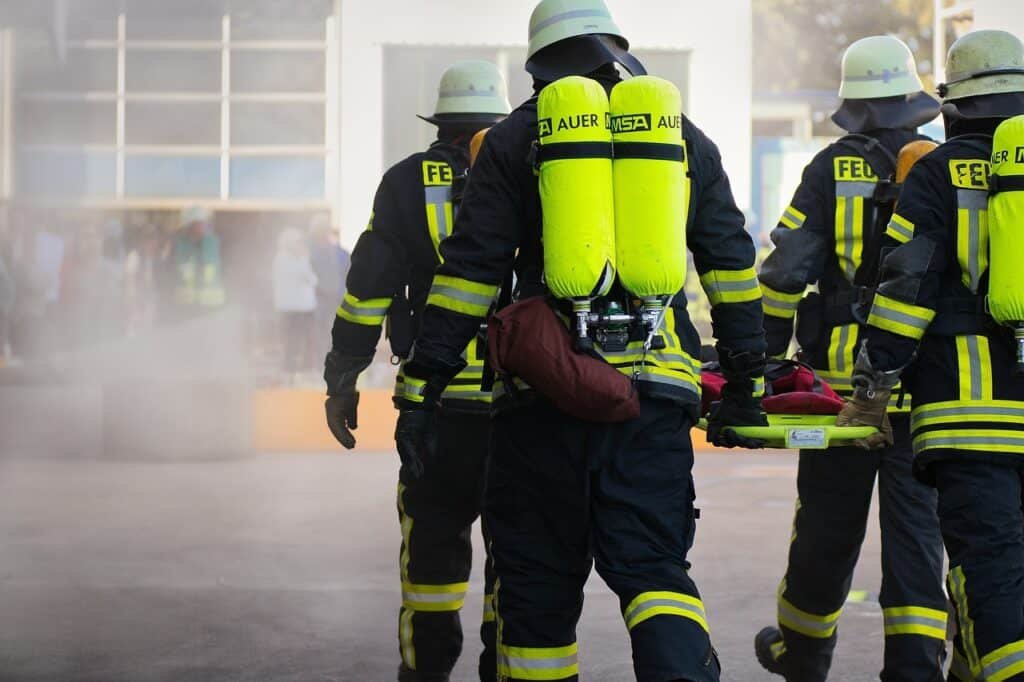Custom scented candle safety is essential whether you’re crafting candles at home or buying them from a small business. While custom and handmade candles bring unique scents and aesthetic charm, they also require attention to proper safety practices. From wick size to fragrance loads and safe containers, understanding the basics of safe candle making and burning helps prevent accidents and ensures peace of mind. In this guide, you’ll learn how to safely enjoy your favorite personalized candles—without sacrificing style or scent.
Let’s explore how to make, use, and enjoy custom candles with peace of mind.
What Makes a Custom Scented Candle Safe?
Safety begins with the build. A well-constructed candle not only burns beautifully but minimizes fire risk.
Importance of Proper Wick Size
Wick size plays a crucial role in how a candle burns. A wick that’s too large can cause high flames, sooting, and overheating. On the other hand, a wick that’s too small may result in tunneling.
The Role of Container Material
Custom candles often come in decorative jars, tins, or ceramic vessels. Ensure the container is heat-resistant and crack-free. Materials like tempered glass or metal tins are ideal for withstanding heat.
Fragrance Load Limits
Too much fragrance oil can cause pooling and overheating. A typical safe fragrance load is between 6%–10% of the wax weight. Always test small batches first.
Common Safety Hazards in DIY or Custom Candles
Even experienced candle makers can run into hazards. Here’s what to watch out for:
Overloading with Fragrance Oils
While more scent may seem better, exceeding safe fragrance limits can cause wick clogging and increase the risk of fire.
Using Non-Heat Resistant Containers
Repurposing old glass jars or cups might look nice but could lead to cracks or even explosions when exposed to heat. Always use containers rated for candle use.
Incorrect Wick Placement
Placing the wick too close to the container wall or off-center can cause uneven burning and hot spots, which may crack the container.
How to Make Custom Scented Candle Safety at Home
Candle making is a rewarding DIY activity, but safety is key.
Tools and Supplies Checklist
- Heat-safe containers
- Wax thermometer
- Double boiler or wax melter
- Fragrance and essential oils
- Proper wick size and wick stickers
Safe Melting and Pouring Techniques
Always melt wax slowly using a double boiler or professional wax melter. Never leave melting wax unattended, and pour wax below flashpoint temperatures (below 200°F for most fragrance oils).
Labeling and Warning Requirements
If you’re planning to sell your candles, include CLP-compliant safety labels, including fire safety icons and scent ingredients.
Safe Burning Practices for Custom and Handmade Candles
Educating customers or yourself on safe usage is just as important as making the candle right.
First Burn Instructions
Let the candle burn long enough to reach a full melt pool (typically 2–3 hours) on the first burn to avoid tunneling.
Proper Wick Trimming
Always trim the wick to 1/4 inch before lighting. This helps control the flame and reduces soot buildup.
Where and How to Place Candles
Never place a candle near curtains, drafts, or flammable items. Use a flat, heat-safe surface, and never leave burning candles unattended.
Learn more about safe candle placement in your home.
Choosing the Right Ingredients for Safer Custom Candles
Choosing quality materials makes a safer candle.
Natural Waxes vs. Paraffin
Soy wax, beeswax, and coconut wax are cleaner-burning alternatives to paraffin, which can release toxins when overheated.
Essential Oils vs. Fragrance Oils
While essential oils are natural, not all are safe for candle use due to low flashpoints. Always check whether an oil is candle-safe.
CandleScience’s fragrance safety guide is a great resource
Lead-Free and Cotton Wicks
Always choose lead-free, zinc-free wicks. Cotton wicks are a safe, reliable option that complements most waxes.
Safety Tips for Selling Custom Scented Candles
If you’re turning your candle hobby into a business, safety compliance is critical.
Meeting Legal Requirements
Custom candle makers must follow labeling standards, such as ASTM and CLP guidelines, depending on your country. Keep records of safety data sheets for all materials.
Product Liability Considerations
If a customer gets injured, you could be liable. Consider product liability insurance and batch testing every new candle type.
Customer Safety Labels
Include safety warnings on all packaging. Basic reminders like “Trim wick before use” or “Burn within sight” can prevent accidents and show professionalism.
FAQs About Custom Scented Candle Safety
Q: Can I use essential oils in candles?
A: Yes, but only those with high enough flashpoints to withstand heat. Use a trusted supplier.
Q: Are wood wicks safe?
A: They can be, as long as they’re properly sized and trimmed. Test thoroughly before selling.
Q: Can I reuse containers for new candles?
A: Yes, but only if they’re heat-safe and free from cracks or residue.
🔥 Final Thoughts
Custom scented candles offer both ambiance and personality, but safety must always come first. Whether you’re crafting for fun or selling your creations, using safe practices and quality materials can make all the difference.
✅ Ready to experience handmade candle bliss?
Shop now at Black Barn Candles Co. and enjoy nature-inspired scents with safe, clean burns.

